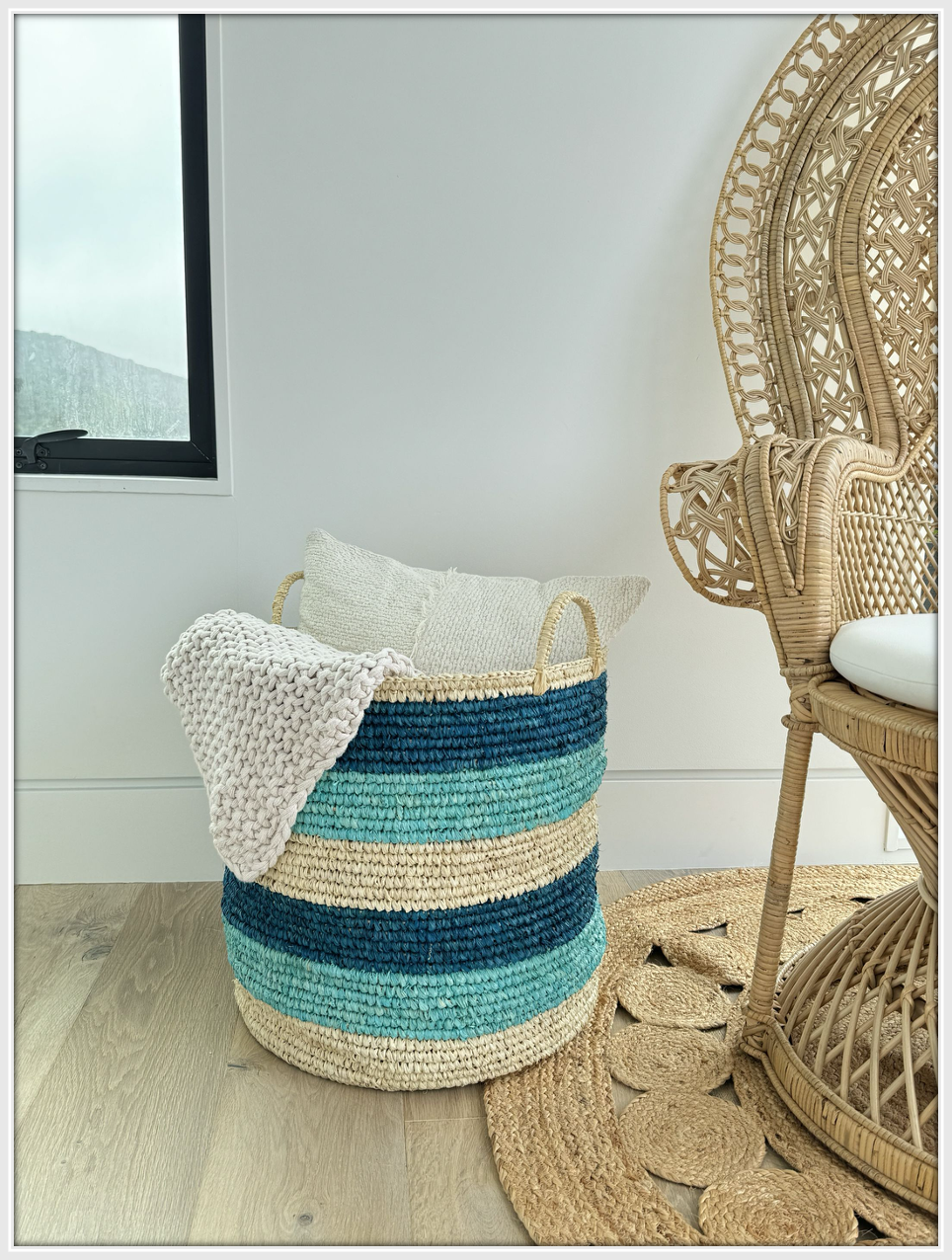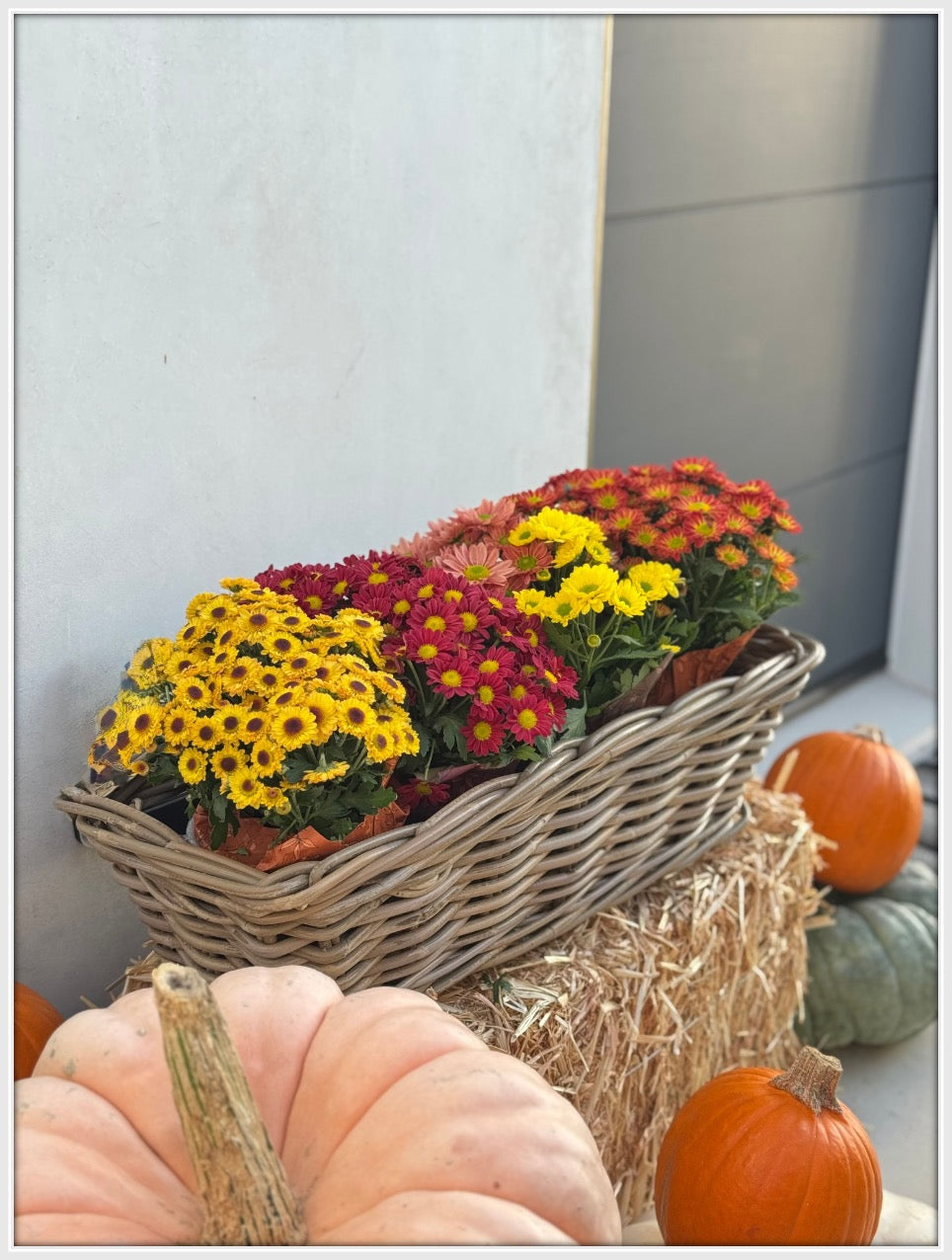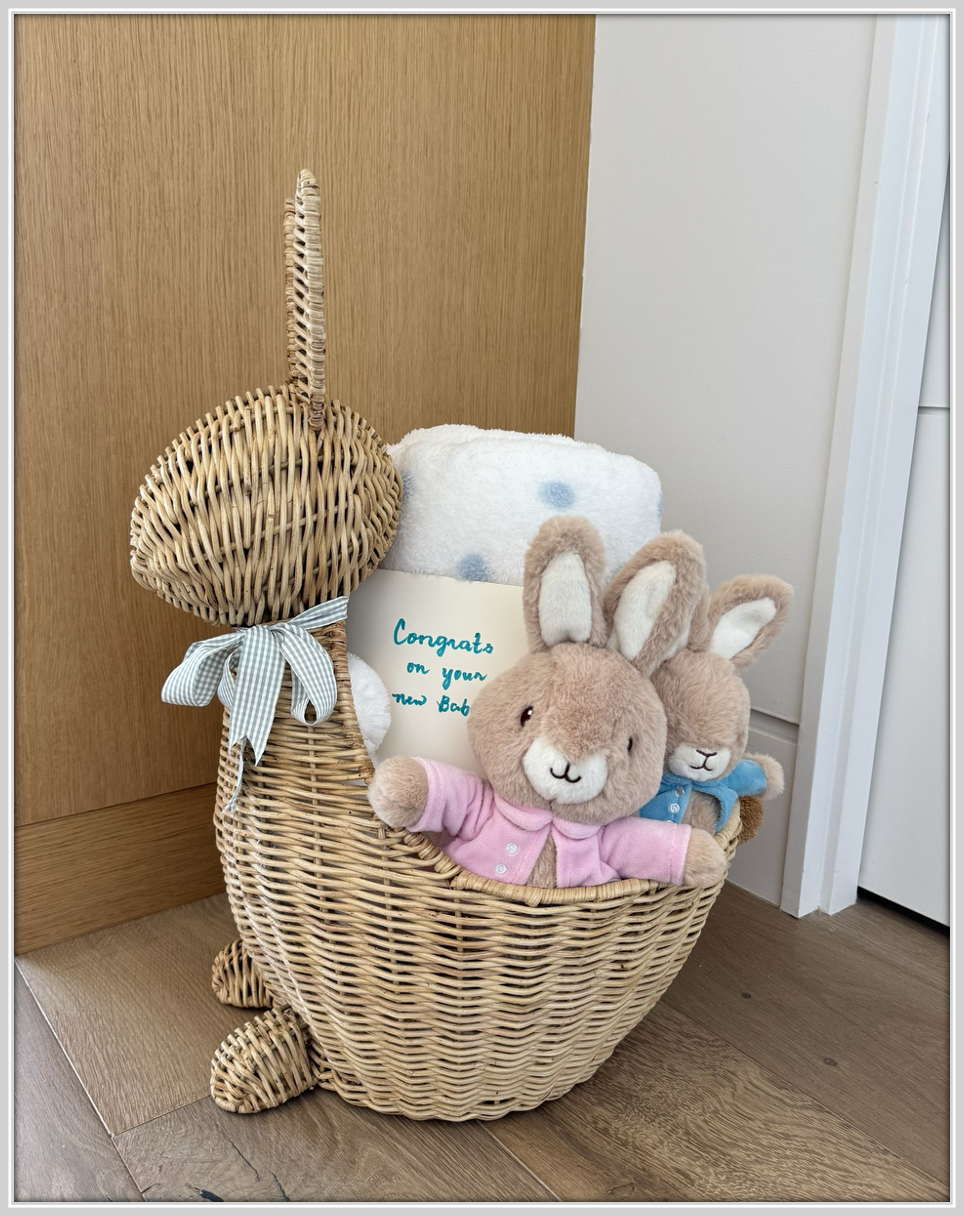Holiday Sale 20% off storewide with promo code holidy20off from November 21st to 23rd ONLY

While you might never actually rest your coffee on it, a coffee table is an integral part of any living, family or great room design. Choosing the right coffee table, however, isn’t as cut and dry. The wrong table won’t just throw off your design aesthetic, it will decrease the usability of your space as well.
If you’re wondering how to choose the right coffee table, don’t fret! We’ve got your coffee table size guide for selecting the perfect piece for your space, from sizing and shape to placement – and how to avoid some of the most common mistakes. So grab a cup of coffee and let’s talk tables.

Source: KOUBOO
A coffee table is a low, often rectangular table placed in front of a sofa or seating area in a living room. Despite its name, the coffee table was born for a love of a different hot drink. During the Victorian Era, these tables became popular as the means to serve (and drink) tea while receiving visitors. However, the term “coffee table” showed up in the early 20thcentury in the United States, according to Architectural Digest.
Whatever the origin, the coffee table continues to serve a highly practical purpose today, providing a surface for drinks, snacks or decorative items, while also enhancing the room's design aesthetic. Today, coffee tables are made from a wide variety of materials from wood and metal to cement, glass and (our personal favorite) natural rattan.
The "standard" coffee table height, width and height tends to be 42 to 52 inches in length, 18 to 24 inches in width and 16 to 18 inches high. However, how big your coffee table should be depends on many factors, with the most important considerations being the size of your space and the surrounding furniture. We'll go into exact dimensions and more specific exceptions below.

Selecting the right size coffee table is crucial for both aesthetics and functionality. While the “standard size” of a coffee table is approximately 16 inches high and at least 36 inches long, keep in mind that in design, there are no rules that aren’t just a little bendable – so your optimal coffee table size will depend greatly on your space and coordinating furniture.

Source: Jane at Home
Ideally, the top of your coffee table should be the same height as or slightly lower (around 2 inches) than the height of your sofa cushions – never higher. In most cases, this means your coffee table will be 16-18 inches high.
Generally speaking, your coffee table there to support your sofa – or rather, support youwhile relaxing on your sofa. With that in mind, the ideal coffee table for your space should be proportional to the height of your sofa (or armchairs if you don’t have a sofa).
Choosing a table that's too high or too low can create an awkward visual imbalance and make it uncomfortable to use (imagine propping your feet up on a table that’s a few inches higherthan the seat of your sofa).

As a general rule of thumb, base the length of your coffee table on the length of your sofa. For traditional sofas (non-sectionals), shoot for a coffee table that is about 2/3 the length of your couch. For example, if you have a sofa that’s 108 inches (9 feet), choose a coffee table that’s about 72 inches (6 feet) long.
It doesn’t take a whole lot of space to set down a steaming cup of coffee. But when it comes to the width of your coffee table, the ideal number will be based on the dimensions of your sofa, the size of the room and other furnishings.

If you have a sectional or a sofa with a chaise on one end, the same proportions stand, but do not include the chaise or the corner pieces of a sectional when measuring the sofa. In the example below, the portion of the sofa not including the chaise or perpendicular section is 72 inches (6 feet), so an ideal coffee table would be 48 inches (4 feet) long.


While the size of your space will definitely come into play here, a general rule of thumb is to place your coffee table about 14-18 inches in front of your sofa. This distance gives couch-sitters both ample legroom and comfortable access to items on the coffee table (if that’s your jam). This proximity also helps create a cohesive design flow your space. If the table is too close or too far from the sofa, it may be both uncomfortable and unfunctional.

“Standard” coffee table depths can range from 18 to 36 inches, but your optimal depth depends greatly on the size of the room. As is always the case in any design elements, the depth of your coffee table should complement the room. In this case, you’ll want to consider the size of your space along with your sofa and surrounding furniture. If your room is narrower, you’ll want to opt for a shallower table. A larger room can handle a deeper coffee table, or even a circular table.
While your coffee table should sit 14-18 inches from your sofa, you’ll want at least 30 inches between the otherside of your table and any wall or structure like media consoles(see above).
Additionally, if you have a sectional or sofa with a chaise, your coffee table should not stick out past the chaise or perpendicular section when situated 14-18 inches from the sofa (see below).

Choosing the right coffee table for your living space is about more than just aesthetics; size and proportion play pivotal roles in achieving a harmonious look and functional use. For a perfectly sized table, consider both the shape of the table and the dimensions of the surrounding furniture.
For rectangular or oval tables, use our previous guidelines of selecting a width approximately two-thirds the length of your sofa (ensuring that the table doesn’t extend beyond the sofa's boundaries). This provides balance and allows for easy movement around the table.
For square or round tables, look for sizes that are no more than 3/4 the sofa's length to avoid overwhelming the space. Ensure there's at least 12-18 inches of space between the coffee table and the seating around it, which allows for comfortable legroom and accessibility.
If your room is particularly small, think about a table with a height slightly lower than the seat height of the adjacent furniture to create an illusion of space. Conversely, in more spacious settings, you can opt for taller tables. Keep in mind, however, that no matter the shape, the table should be at a height that's roughly level with the cushions of the sofa or slightly lower. With these guidelines in mind, you can select a coffee table that not only complements your room's design but also serves its function seamlessly.
Material Choices: Selecting the right material can set the tone for your room. While glass tables offer a modern and airy feel, wooden tables bring warmth and a timeless elegance. Metal or stone options can introduce an industrial or earthy touch, respectively.
Storage Solutions: Opt for tables that come with built-in storage if you're looking to declutter. Drawers, shelves, or hidden compartments can be a stylish way to stash away magazines, remotes, or board games.
Functionality Over Aesthetics: Think about how you'll primarily use the table. If you're one for movie nights or dinner in front of the TV, a table with a sturdy and easily cleanable surface might be a priority.
Style Adaptability: A coffee table that complements various decors can be a boon if you frequently like to change up your interiors. Neutral tones or classic designs often offer more versatility.
Safety Concerns: If you have children or pets, considering a table with rounded edges, or a stable base can prevent accidents or toppling over.
Environmental Impact: For the eco-conscious, seek tables made from sustainable materials or those crafted using environmentally-friendly processes. This way, your stylish choice also supports the planet.
Avoiding common coffee table mistakes can make a significant impact on your living room's appearance and functionality, so be sure you’re mindful of a few potential pitfalls:



Source: KOUBOO
Choosing the right coffee table is an essential part of creating a cohesive and functional living room furniture layout – and supporting your design aesthetic. Our natural rattan coffee tables are the perfect way to marry beautiful design with easy functionality for a living room you’ll truly want to livein.

Explore 10+ beach house gift ideas from Kouboo - elegant coastal décor and accessories made for relaxed, beachside living.

Discover 10+ budget-friendly fall decor ideas to give your home a warm, cozy vibe. From DIY accents to affordable finds, bring autumn charm into every room without overspending.

Discover 10 clever kids’ room organization and storage ideas to keep toys, books, and clothes tidy. Stylish, practical solutions from Kouboo to remove clutter.